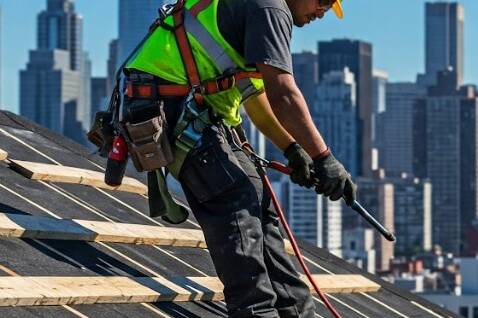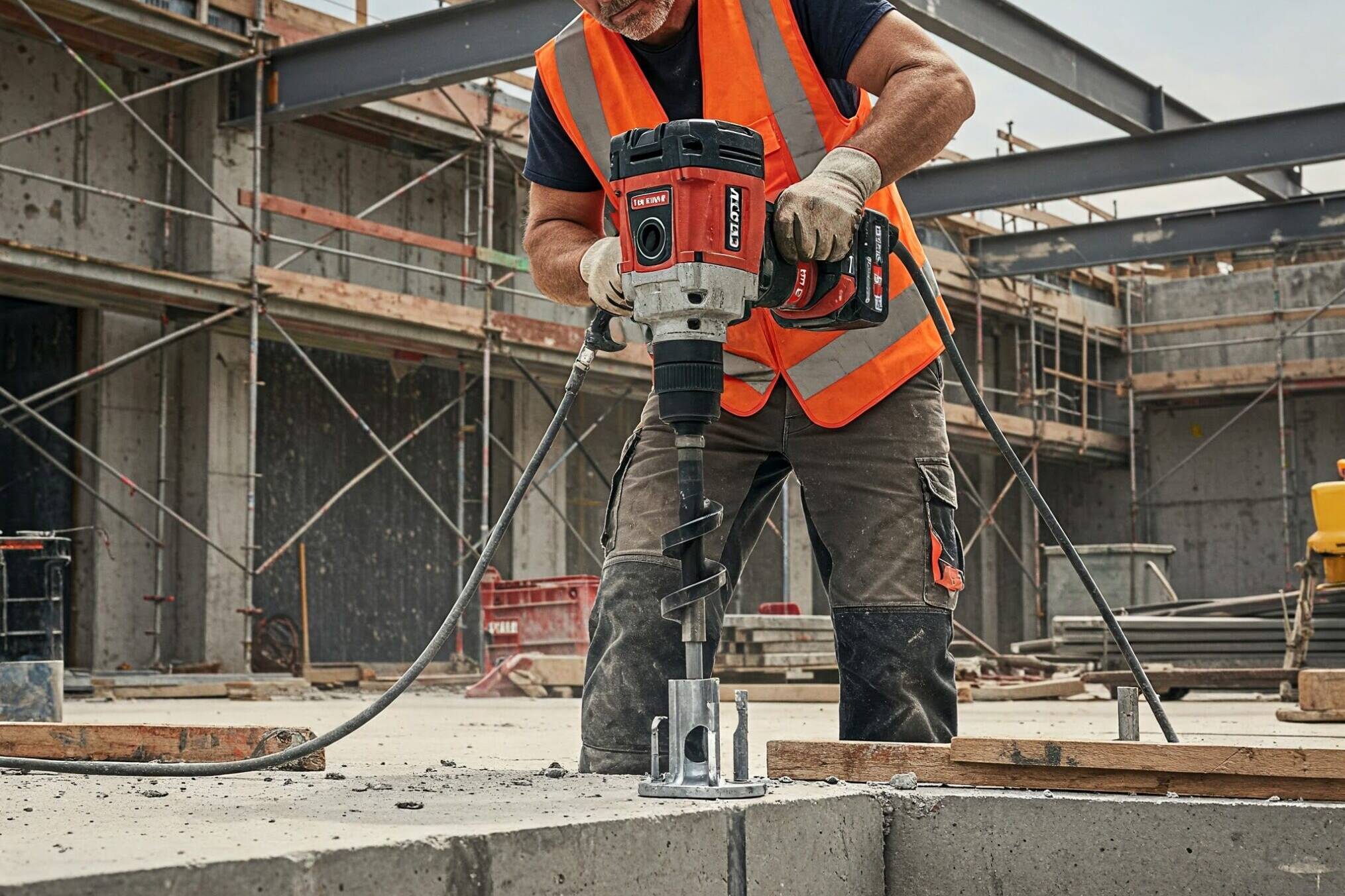As the holiday season gets underway, Christchurch is set to unveil a spectacular Christmas tree structure, standing in the heart of the city. Behind this festive structure, senior engineer Dan Bulbridge, has been working hard to ensure the safety and stability of this unique aluminium-framed Christmas tree.
The metal framework will stand proudly on the Bridge of Remembrance, linking Oxford and Cambridge Terraces. As the city continues its rebuilding efforts post-earthquake, Brevity’s expertise ensures not only a visually stunning Christmas tree but also one that adheres to the building standard.
Addressing local standards
Standing at an impressive 8.6 metres in height and boasting a width of 3.1 metres, the Christmas tree structure is significant. The metal framework, carefully crafted in Europe, has arrived in Christchurch ready for assembly. However, while the structure has been designed to meet European standards, this does not automatically translate to a New Zealand environment. Interpreting local building codes can be a complex task, and the Christmas tree project was no exception. Brevity’s experienced team, led by Daniel Bulbring, delved into the nuances of the codes, identifying innovative solutions as challenges arose.
Collaboration with the City Council
With the tree positioned in a public space and the holiday season attracting large numbers, the importance of mitigating potential risks was paramount. Such a structure would typically be assigned Importance Level 3 and be required to meet the associated requirements. However, understanding the temporary nature of the Christmas tree structure, Brevity collaborated with the Christchurch City Council to balance risk with the special nature of the Christmas tree. As a result, we established a temporary structure wind management plan, aligning NZ design assumptions with the European design.
Working closely with clients
While the initial plan involved concrete blocks for stability, Dan found these would not be sufficient for the size of the tree, and worked closely with the council and installers to find a code-compliant solution. Concrete screw anchors emerged as the answer, providing the necessary stability to meet the requirements of AS NZS 1170.2, the New Zealand standard for structural design to meet wind loads.
Dan emphasises his commitment to working closely with clients, meeting their design ideas as closely as possible. Acknowledging that clients often have a very good understanding of what works, he uses this as his starting point, and strives to minimise changes and costs as he helps the plan meet the seismic requirements of the code.
Brevity’s involvement in Christchurch’s Christmas tree project highlights the balance between creativity and compliance. Senior engineer Daniel Bulbring’s wind loading expertise, coupled with the collaborative efforts with the Christchurch City Council, has resulted in a festive centrepiece that not only meets local standards but also prioritises public safety. As the city prepares to celebrate Christmas, Brevity’s commitment to innovative engineering solutions and client satisfaction shines through, proving once again that even in the face of unique challenges, the magic of the season can be safely celebrated with the right expertise and a touch of ingenuity.
Fall Arrest Systems: How Fall Protection Compliance Differs Between Australia and New Zealand
While both Australia and New Zealand adhere to similar fall protection standards, their approaches to enforcement and…
Rethinking Seismic Anchors: A Smarter Approach for Interiors Engineering
Explore how Brevity is leading a smarter approach to seismic anchors in interiors engineering—balancing compliance,…
Navigating Interiors Engineering Challenges in New Zealand’s Education Sector: Key Considerations for Architects
Designing interiors for educational facilities in New Zealand requires a precise balance between safety, functionality,…


